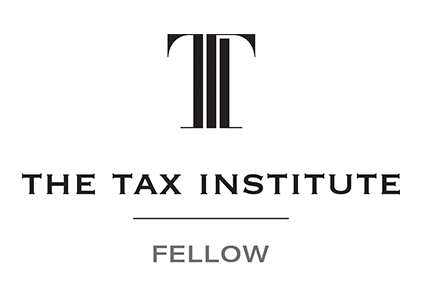
When commencing any self managed superannuation fund (SMSF), there is one over-riding expectation that newby trustees should come back to again and again — that their fund must meet the sole-purpose test. This is not only to maintain access to the various tax concessions available, but to avoid possible civil or even criminal penalties.
This “sole purpose” is that the fund has been established with the core expectation that it is there to save and make money for each members’ retirement savings. Or, to quote the regulator of SMSFs (the ATO), the fund “needs to be maintained for the sole purpose of providing retirement benefits to members, or to their dependants if a member dies before retirement”.
Newly minted SMSF trustees will likely be focused on the first part of the above statement, but it is the last few words — or their dependants if a member dies — that can take on greater importance as time goes by.
While no-one really wants to think about it, it is important that SMSF members/trustees have the facts before them from the outset — that way there’ll be less surprises (and hurdles) if the unthinkable happens and a member dies.
As an example, consider Peter Podd and his wife Peta. They set up an SMSF, the Ps-in-a-Podd Super Fund (PIAPSF), which is a typical two-member fund with individual trustees. But what happens if Peter dies?
A legal personal representative (LPR) may be appointed as trustee for Peter to look after his interest in PIAPSF for a limited time (until benefits are paid to beneficiaries). This is only possible when the trust deed governing the fund allows for such an appointment (many SMSF trust deeds do).
Then Peta must make sure PIAPSF still meets the definition of an SMSF.
Technically, after the death benefit payment is made to the beneficiaries, the LPR will have to be removed and the surviving trustee/member (Peta) will have to adopt one of the following options to ensure the SMSF will remain complying:
- ask someone else to become the second individual trustee, or
- set up a corporate trustee (with the single member becoming the sole director of the company).
Note it is possible to ask the LPR to join the fund as soon as the death benefit commences to be paid in which case he/she becomes the second individual trustee of the SMSF in their own capacity, not as LPR.
Peter’s death benefits must be dealt with as soon as possible. If the fund has limited cash available, assets may need to be sold to pay the benefits. Another viable option would be to transfer PIAPSF’s balance to another fund and wind up the SMSF.
Tax Store Accountants Ringwood.
Our Management Credentials




